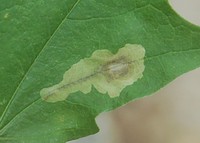
| Recorded by: Jim Petranka and Becky Elkin on 2025-11-01
Craven Co.
Comment: | 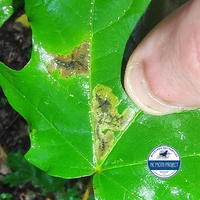
| Recorded by: Lior S. Carlson, Dean Furbish on 2025-08-12
Alamance Co.
Comment: |
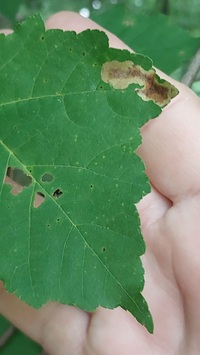
| Recorded by: Mark Basinger on 2025-08-02
Rowan Co.
Comment: | 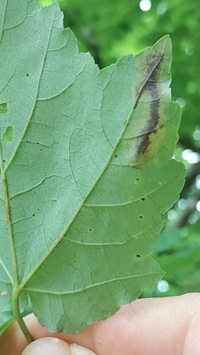
| Recorded by: Mark Basinger on 2025-08-02
Rowan Co.
Comment: |

| Recorded by: Dean Furbish, Lior S. Carlson on 2025-07-29
Cleveland Co.
Comment: | 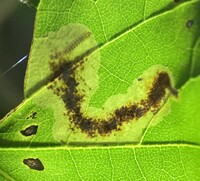
| Recorded by: Dean Furbish, Lior S. Carlson on 2025-07-29
Cleveland Co.
Comment: |

| Recorded by: Mark Basinger on 2025-07-24
New Hanover Co.
Comment: | 
| Recorded by: Mark Basinger on 2025-07-24
New Hanover Co.
Comment: |
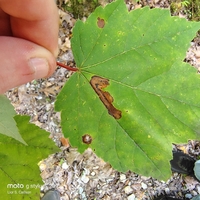
| Recorded by: Lior S. Carlson, Dean Furbish on 2025-06-17
Alamance Co.
Comment: | 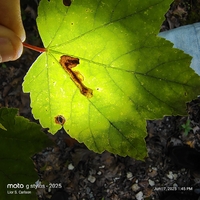
| Recorded by: Lior S. Carlson, Dean Furbish on 2025-06-17
Alamance Co.
Comment: |

| Recorded by: Lior S. Carlson, Dean Furbish on 2025-06-17
Alamance Co.
Comment: | 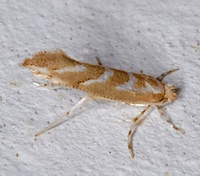
| Recorded by: Stephen Dunn on 2024-06-19
Orange Co.
Comment: |
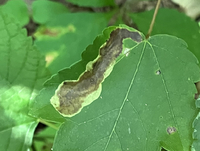
| Recorded by: Ken Kneidel on 2024-06-18
Mecklenburg Co.
Comment: | 
| Recorded by: Ken Kneidel on 2024-06-18
Mecklenburg Co.
Comment: |
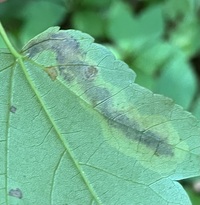
| Recorded by: Ken Kneidel on 2024-06-18
Mecklenburg Co.
Comment: | 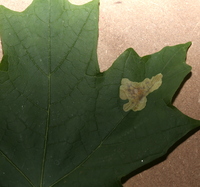
| Recorded by: David George on 2024-06-07
Durham Co.
Comment: |
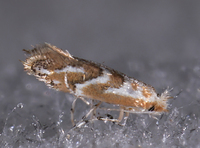
| Recorded by: John Petranka on 2023-08-18
Orange Co.
Comment: | 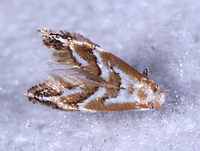
| Recorded by: John Petranka on 2023-08-18
Orange Co.
Comment: |
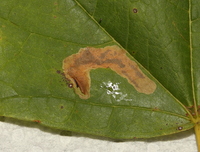
| Recorded by: David George, Stephen Dunn on 2023-08-12
Caswell Co.
Comment: | 
| Recorded by: David George, Stephen Dunn on 2023-08-12
Caswell Co.
Comment: |

| Recorded by: Jim Petranka on 2023-08-04
Madison Co.
Comment: A reared adult from a mine on Sugar Maple; mine on July 15; adult on August 4. | 
| Recorded by: Jim Petranka on 2023-08-04
Madison Co.
Comment: A reared adult from a mine on Sugar Maple; mine on July 15; adult on August 4. |
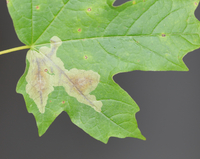
| Recorded by: Jim Petranka on 2023-07-15
Madison Co.
Comment: | 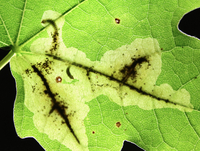
| Recorded by: Jim Petranka on 2023-07-15
Madison Co.
Comment: |

| Recorded by: Ken Kneidel on 2023-06-16
Mecklenburg Co.
Comment: | 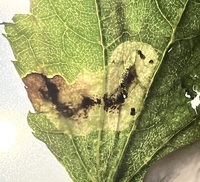
| Recorded by: Ken Kneidel on 2023-06-16
Mecklenburg Co.
Comment: |
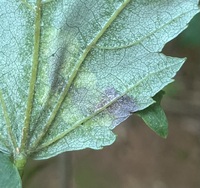
| Recorded by: Ken Kneidel on 2023-06-16
Mecklenburg Co.
Comment: | 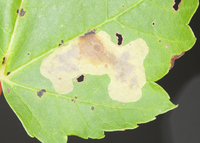
| Recorded by: Jim Petranka and Becky Elkin on 2022-10-06
Burke Co.
Comment: |
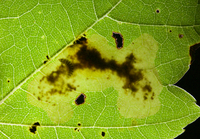
| Recorded by: Jim Petranka and Becky Elkin on 2022-10-06
Burke Co.
Comment: | 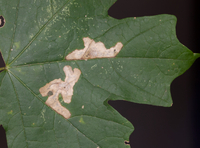
| Recorded by: Jim Petranka, John Petranka, Becky Elkin, and Steve Hall on 2021-09-28
Durham Co.
Comment: |
|

 »
»


